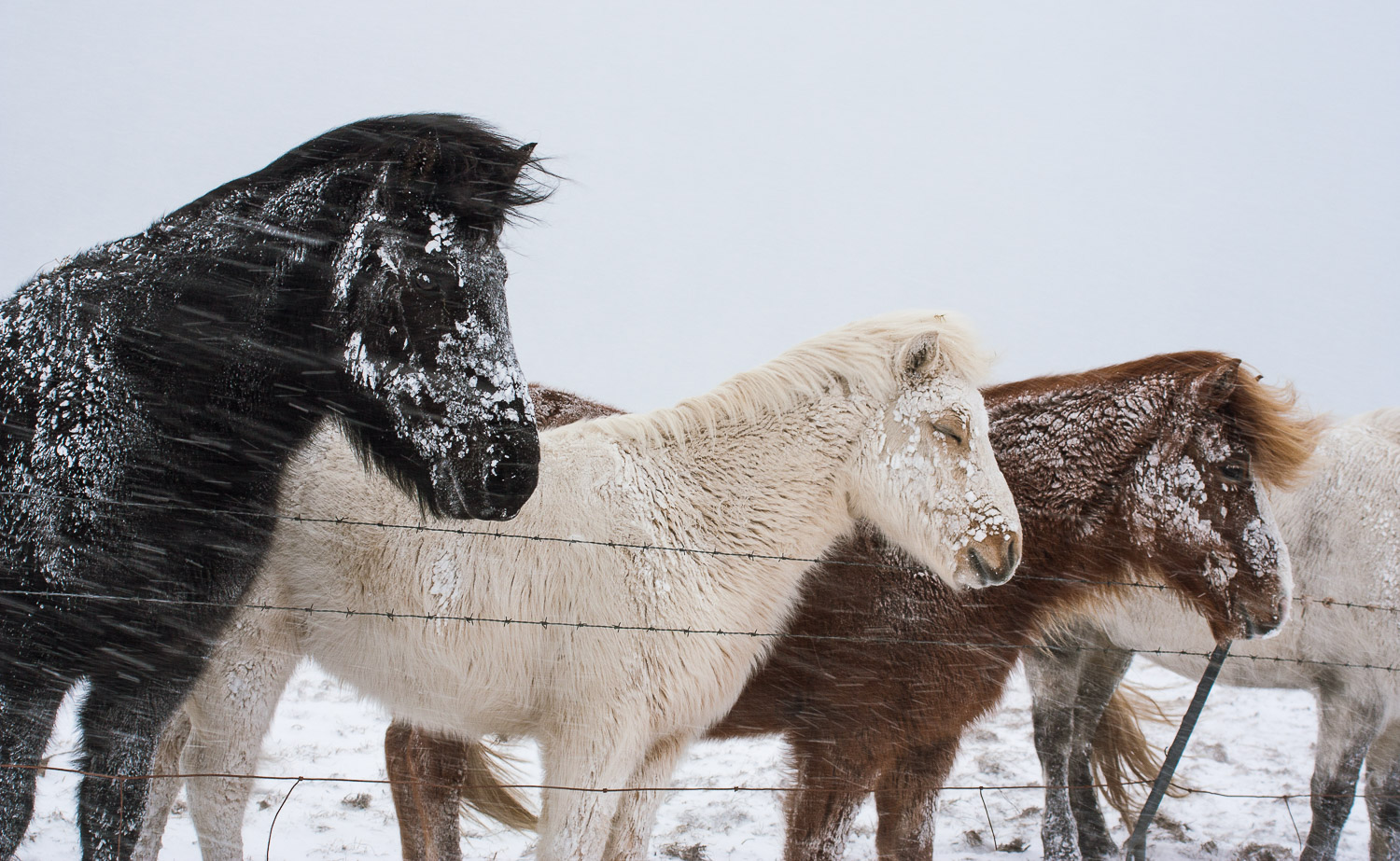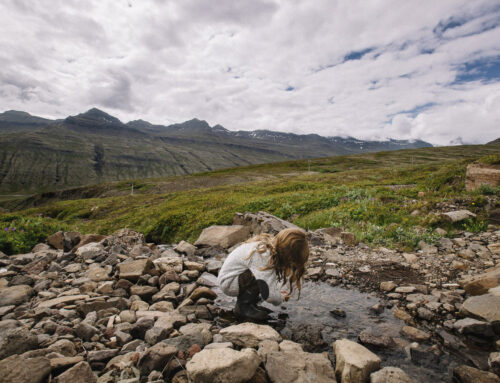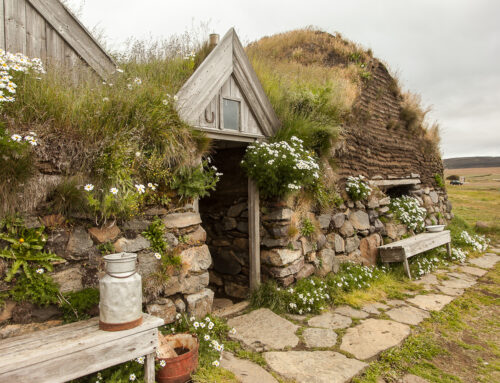The Icelandic horse is quite the unique and impressive horse breed.
The Vikings brought it along with them when they settled in Iceland around the year 900 BC and it has stayed isolated ever since. Therefore the breed maintained and developed its characteristics independent from other horse breeds. Those characteristics include five gates and fur that grows longer during the winter months. One of the gates exhibited by the Icelandic horse is called Tölt. This gate is, in fact, unique to this breed and it is something the locals take much pride in.
While the Icelandic horse is shorter than most of his mainland counterparts you should refrain from calling it a pony. Doing so will not gain you much popularity amongst the locals who are proud of this breed as a riding horse.
Although small in size the Icelandic horse is very strong as well as resilient to extreme weather conditions. That is due to their long winter fur. In addition to physical strength, they have strong nerves and a special character. That can make them more stubborn than many other breeds. But this characteristic stems from the fact that the Icelandic horse was bred to transport unexperienced riders. In those situations, the horse knew the way better than the rider. It was therefore expected to ignore the rider’s commands.
For centuries the Icelandic horse was a necessity for every farmer to own. They carried home they hay from the fields, they carried the midwife or the doctor from a distant town or farm to those in need and many other tasks. For that reason, the horse was simply essential to life in Iceland up until car ownership became common. Now in modern time the horse still has a job to do. Mainly when the time comes for herding sheep back home from the mountain after the summer. However, it is most popular lately as a hobby riding horse. As such it has become increasingly popular in many European countries like Germany and the Nordic countries. Now there are more horses living in Europe than in Iceland.








